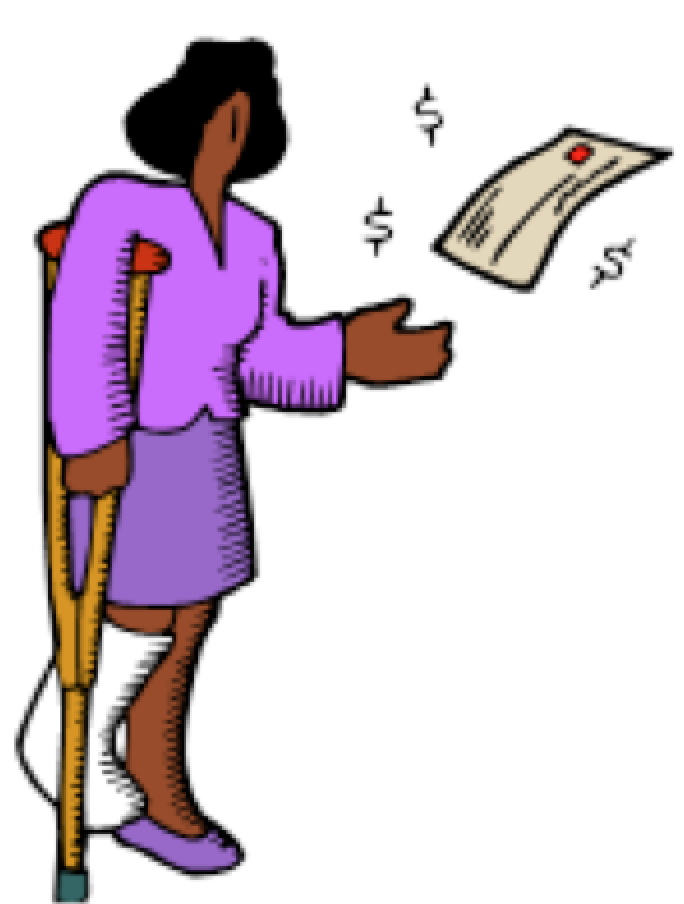National Best
DisabilityIf a key breadwinner is injured and can no longer work, how do they replace their income? How can the family survive if the key earner is out of work for a year, or five years, or for the rest of their life? What happens when a business loses their best salesperson to an injury, how can they replace them? The answer is Disability Insurance.
Disability Insurance protects your ability to continue to earn and receive income. Our salary and our ability to earn an income is the single greatest financial asset that any of us have at our disposal. If you are a 30-year-old looking to make $60,000 a year, the amount that you can accumulate by age 65 (Adjusting for an annual 2% cost of living increase) is $2,999,669[1]. Your income and your ability to continue to earn your income is a very valuable asset.
When it comes to Disability Insurance, you should consider:
- Do you have group benefits at work?
- Are you covered for injuries outside of work?
- How long is the waiting period (0, 30, 60, 90 days)?
- How long do the benefits last (2 years, 5 years, to age 65)?
- Does it cover your own occupation, regular occupation or any occupation (i.e. If you can flip burgers, you are no longer eligible)?
- How long do you plan on staying with that job?
Many workplaces may provide disability insurance through a group benefits package. It is important to know how much you are covered for and the terms of the contract should you ever become disabled. It is also important to remember that group disability insurance paid for by your employer pays a benefit that is subject to taxes when you receive it. Alternatively, if you own a personal disability insurance policy and pay your own premiums, you will receive a benefit tax-free. Be sure that you have the proper amount of coverage in place to properly replace your income should you ever become disabled. If you are self-employed or incorporated, there are special plans that will take into consideration your gross revenue, and even your business overhead costs as well.
A salary starting at $60,000 going up 2% a year over 35 years will produce a total sum of $2,999,669.
Non-Medical
but there are also providers of non-medically underwritten disability insurance. These are valuable products since they don’t require any waiting or medical tests. The policyholder will have coverage from the moment the application is submitted with payment. These policies are usually not as lucrative as a fully underwritten policy but can still provide excellent protection. They are often a good option for tradespeople, truck drivers or even professionals who are just starting out and have not built a significant income.
Enhancement to Group/Work Policy
Many people have disability coverage at work which is a good thing. But often that coverage provides less than two-thirds of their after-tax income. Sometimes this is inadequate to cover all of their expenses. Or in some cases the disability policy may only cover them for short period of time, as an example, six months, one year or perhaps five years. In this case, it might be wise to have a personal policy just in case. Also, a personal policy will travel with the employee if they move businesses and they lose their benefit.
WCB Gap
Often employees will have WCB coverage and they feel that that is sufficient. However, WCB only covers employees while they are working. What happens if they are injured outside of work hours? There is are special policies that are designed to cover that risk. So even if the employee is on WCB coverage it might be wise to get coverage that takes care of them 24 hours a day, 365 days per year.
Get In Touch
Head Office:
Unit#: 67B, 4511 Glenmore Trail SE,
Calgary, AB T3C 2R9
Phone: (403) 590-4500
Toll-Free: 1 800 503-6140
Fax: 1 877 904-7715

